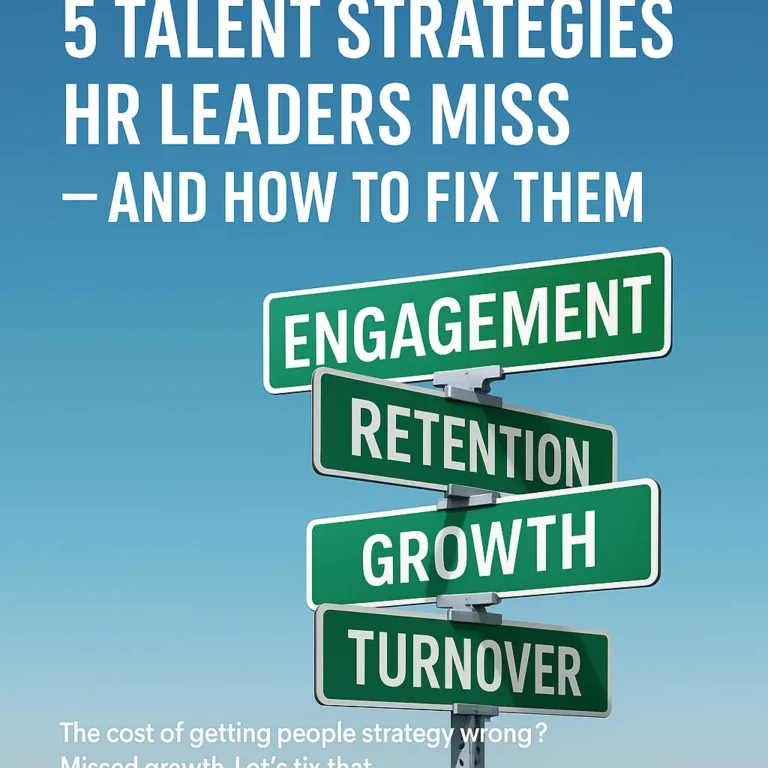I often get calls from CEOs who will ask me, “Ed, can you come in and do a training for us?”
I say, “Sure I can, but let’s talk about why you believe you need training.”
That’s where the discussion gets interesting because I typically hear things that are very reactive.
For example, with the #MeToo movement last year, sexual harassment came to the forefront. I had a lot of CEOs calling saying, “Please come in and do sexual harassment prevention training.”
That’s a reactive scenario because it’s based on something happening in news or something they read in an article.
The problem is that this means you’re looking at training as an event.
We train people to change their behaviors. That’s the purpose of training. But we cannot change behaviors with a training event.
We all know that in order to actually change behavior, we need a long, sustained, and methodical set of reinforcers to break our old behaviors. Workplace behaviors are no different. We can’t expect someone to sit in a two-hour training session and then walk out and change behavior.
Without reinforcement activity, the behavioral change we initiated will go extinct.
So, where I steer discussions with these CEOs on training is towards identifying the problem that they actually have.
I recall a discussion with a client who was going through a massive change initiative in terms of their processes and their culture.
The client brought me in because one of their facilities wasn’t responding well to the change program.
There were some interesting demographics with this particular plant. It was geographically similar to their other plants, however the product they produced was different and their plant had the highest average employee age in it.
I don’t highlight this fact to say that you can’t teach an old dog new tricks. I highlight it because not only was the average age higher, the average length of employment was higher as well. So essentially what they had was a work group extremely set in its ways.
This particular organization felt they wanted to do some change management training with this group. I told them, “That’s a great start, but where do you want to go after that?”
The management team just looked at me and finally the VP of operations said, “What do you mean?”
I said, “I’m happy to do the training session for you but that’s not going to change anything.”
That’s where this idea of conducting masterminds or focus groups comes into play.
What I like to outline for organizations who think training is the solution to their problems is to introduce the change initiative and follow it up with focus groups with the attendees that actually reinforce those ideas.
For example, say we have a work group to whom we’d like to teach better management skills. It’s one thing to bring them in for a session, teach what it takes to be a good manager, and turn them loose. I see these types of programs run by chambers of commerce and trade associations all the time— a 3 session program that’s all classroom work in order to be a better supervisor. The content is usually quite good, but I guarantee it falls short because there are no reinforcers when people go back to the workplace.
A true change initiative, when it comes to changing people’s skillsets, has to introduce the topic in a safe setting like a classroom with open discussions. But it then needs to follow that up with one-on-one or small group mentoring to allow participants to reflect back on what they learned, how they’re using it in the workplace, and how/why they’ve fallen back into bad habits so that they can learn from those things.
From doing these mastermind groups rather than trying to use the old drink-from-a-fire-hose technique, we can break the training initiative down into small, digestible chunks. Let’s not focus on every management skill it takes to succeed as a leader in one session!
Let’s introduce it in class and throughout the month, perhaps once a week, have mastermind group or one-on-one sessions with people so they can digest the information, experience it, and come back to it with the facilitator before they learn a new skill the next month.
Now we’re eating the elephant one bite at time! Those types of training with a focus group follow-up have proven time and time again to be a more effective way of learning because the skills stick due to the reinforcement of the follow-up.
My message to organizations when looking at some type of training or change initiative is that these things can’t be viewed as an event. These things are processes.
Often when training is viewed as an event, the CEO will tell me in the weeks immediately following that things are great, but inevitably they call back and say that people have gone back to their old ways. That’s because there hasn’t been any reinforcement.
Reinforcement could also include bonus payouts for exhibiting new skills or achieving new results. Reinforcement emphasizes that participants will be held accountable to using these new skills. We can’t expect trainees to exhibit those skills over the long haul without it!
Stay tuned for next time when we’ll detail out a real-life example of how this could work in your organization. Sign up for my email list here (plus, get a free report on how to chart the course of HR’s role in your organization) to make sure you don’t miss it.


